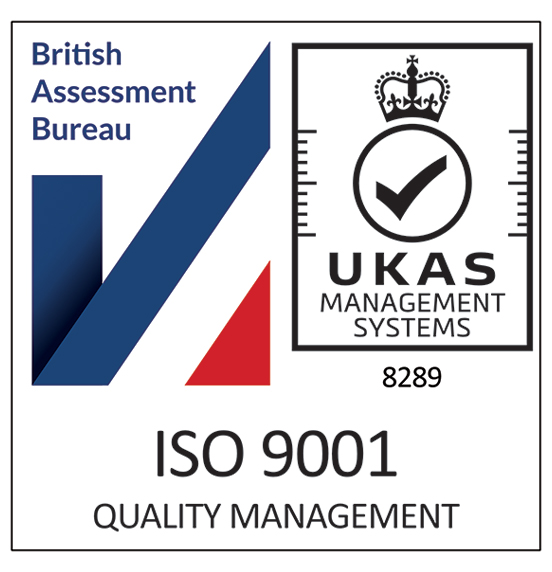Key Regulations
Please find below a selection of useful links and documents
Lifting Operations and Lifting Equipment Regulations 1998 (LOLER)
LOLER regulations place duties on people and companies who own, operate or have control over lifting equipment such as cranes, hoists and stair lifts. Automotive, construction, engineering, healthcare, sciences, veterinary care, and theatre are just some of the relevant settings.
A Simple Guide Approved code of practiceProvision and Use of Work Equipment Regulations 1998 (PUWER)
PUWER aims to ensure the safety of all equipment and machinery operated within a workplace environment, including tools, machinery, specialised equipment, and appliances. Employers, full time and part time employees, contractors, and suppliers all need to understand PUWER.
A Simple Guide Approved code of practicePressure Systems Safety Regulations 2000 (PSSR)
PSSR covers the safe design and use of pressure systems, with the objective of preventing serious injury as a result of the system or component failure. It is a legal requirement for every pressure system to have a written scheme before first use. Examples include compressed air and nitrogen receivers and hot water expansion vessels.
A Simple Guide Approved code of practiceControl of Substances Hazardous To Health 2002 (CoSHH)
Employees and employees that work with hazardous substances have a legal obligation to comply with CoSHH. Regular LEV inspections are vital for the protection of workers’ health and a breach can result in an unlimited fine. Paint spray booths, soldering/welding systems and wood dust extraction units are a few examples.
A Simple Guide Approved code of practiceClearing The Air, a guide to Local Exhaust Ventilation (LEV)
Get tips on selecting the right LEV system and using and maintaining it properly. Understand the basic information to include when training operators, supervisors and managers.
A Simple GuideHSG2589 "A Guide to Local Exhaust Ventilation (LEV) 2008"
Learn about the roles and legal responsibilities of employers and suppliers who use LEV, including competence, principles of good design practice, maintenance and system documentation.
A Simple Guide









